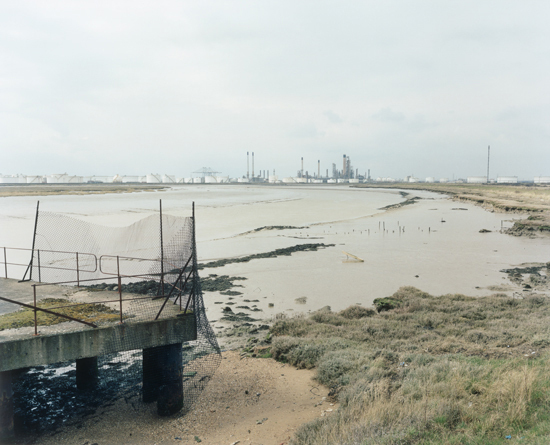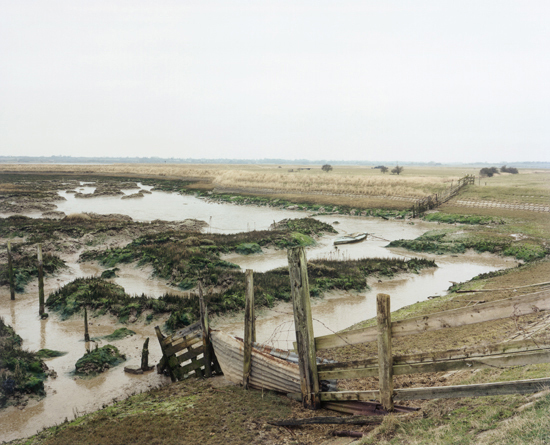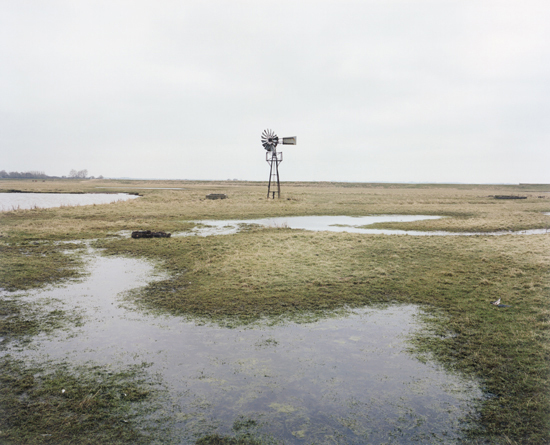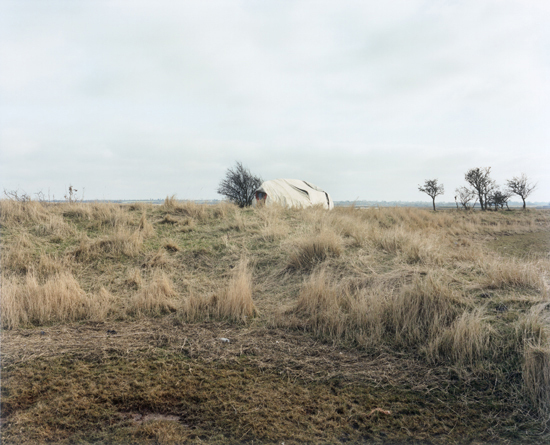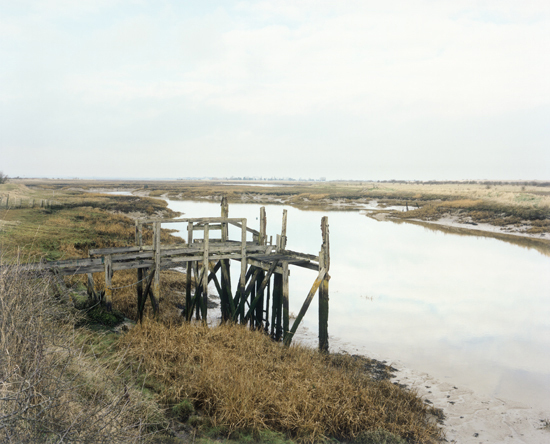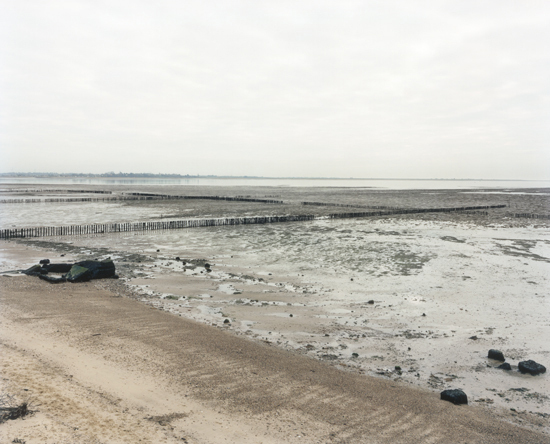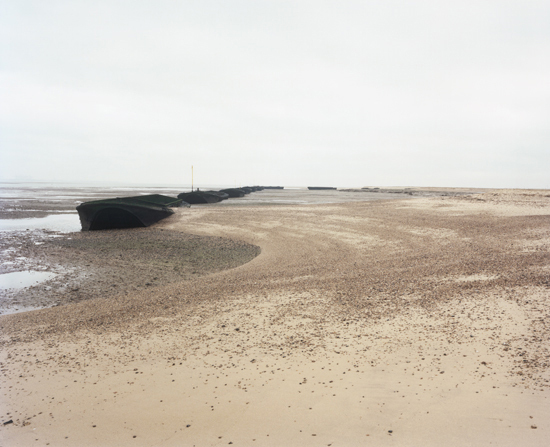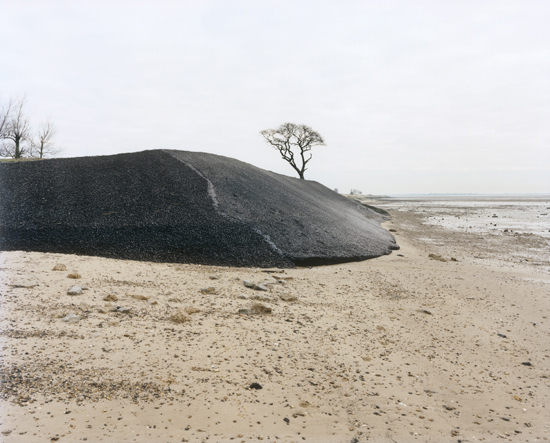The Thames Estuary in South East England, home to the London 2012 Summer Olympics and wartime “bulwark shore against invasion”, is a drosscape to some but a place of great fascination to others. Photographer Jason Orton and author Ken Worpole have spent over a decade documenting these sodden flatlands and reveal them to be a place of quintessential English beauty. Here Worpole explains for uncube the shifting English landscape aesthetic.
Landscapes, and the representation of them, are charged with political significance. This makes the study of landscape aesthetics - particularly around issues of topography and ‘sense of place -’ of continuing intellectual interest and concern, more so since the European Landscape Convention (also known as the Florence Convention) was adopted by the Council of Europe on 20 October 2000, and came into force on 1 March 2004. Article 5 states that “each party undertakes to recognise landscapes in law as an essential component of people’s surroundings, an expression of the diversity of their shared cultural and natural heritage, and a foundation of their identity.” The UK government belatedly endorsed this charter in February 2006.
What is considered beautiful in landscape changes over time. In wartime, highly sentimental representations of pristine fields and forests, along with crystal streams and snow-capped mountains are often patriotically evoked. However, most of Europe has now been at peace for seventy years, during which time rapid industrialisation, and subsequent post-industrial decline have altered many European regions irrevocably. Can we continue to insist that the study and representation of landscape remains a matter of picturesque, national-romantic or modernist frames of reference? Landscape aesthetics is now surely a much more shape-shifting and muscular affair.
In mainland Britain the aftermath of the Second World War brought about a profound geographical shift in what had hitherto been regarded as the quintessential ‘English’ landscape. Previously the ‘West Country’, along with the Peak District and the Lake District, provided the stock images of English life and culture, represented as small villages nestling within the folds of undulating uplands and gentle river valleys. After the war there was a marked shift to the east, particularly to the coastline of East Anglia. This was a somewhat harsher territory, bleaker in its marshes, mudflats and estuaries, but heroic in its role as ‘the bulwark shore’ against invasion.
The eastern shoreline was thus established as a steel, concrete and armoured wall, and the remains of those fortified structures can still be seen today, and have become not only familiar but almost cherished elements in the landscape. Writers and artists have also gravitated towards East Anglia, regarding this historic coastline as a place of significant visual and cultural disruption - the result of military or industrial occupation – and therefore open to a surrealist, constructivist or abstractionist interpretation.
In recent years there has also been significant interest in landscapes which have developed unbidden in the interstices of urban and industrial development. In North America topographers now talk of drosscapes, whilst in the UK and elsewhere the same abandoned land is described as urban fringe, edgelands, or bastard countryside. None of these terms is as effective in capturing this indeterminate territory as the 19th century French phrase terrain vague.
Once again, the eastern counties of England – reaching out from London and along the Thames Estuary – have become a particular area of interest in this regard. For nearly ten years the photographer Jason Orton and I have walked the length and breadth of this territory, recording the changes and attempting to develop a fresh appreciation of landscape aesthetics to be conjured from this intaglio of topographical, architectural and historical elements.
– Author Ken Worpole has written many books on architecture, landscape, urbanism and social policy. The Independent newspaper has called him: “one of the shrewdest and sharpest observers of the English social landscape”.
– Jason Orton is one of the UK's leading contemporary landscape photographers. His work has been published by Art Review, Blueprint, Domus, Mare, Creative Review, The Guardian, The Independent, Citizen K and others.
Book: The New English Landscape by Jason Orton & Ken Worpole published by Field Station, London, October 2013.
Available from: thenewenglishlandscape.wordpress.com




